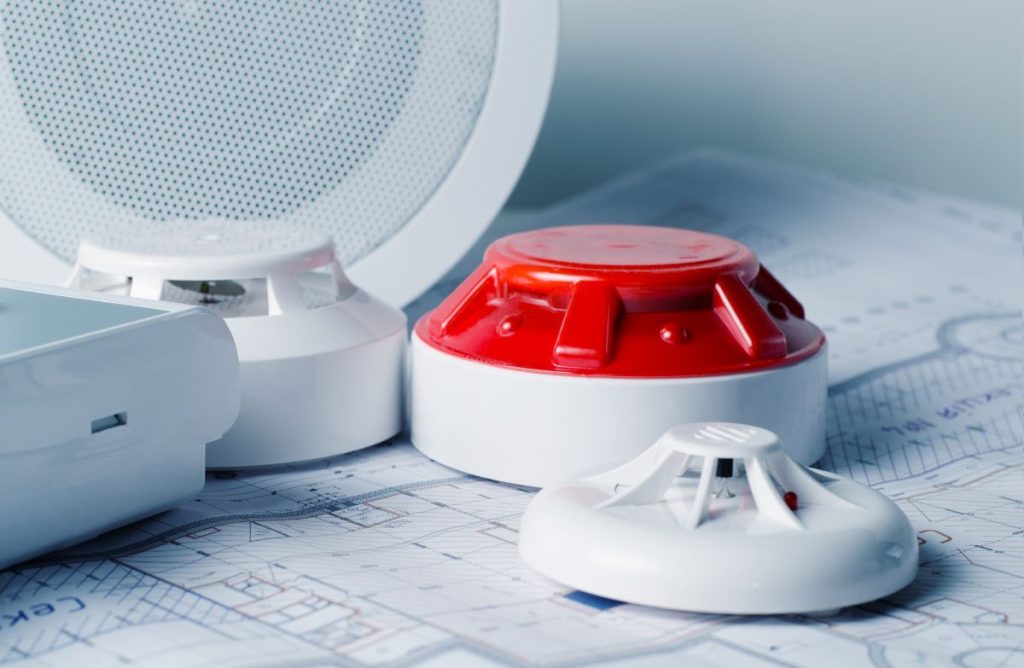When it comes to fire alarm CAD design, speed and efficiency aren’t just about working faster. Delays due to errors at the design stage tend to eventually hit everything that follows, slowing down construction, occupancy, and inspections. And of course, these errors can lead to serious safety problems down the line.
The faster a designer can produce accurate and code-compliant drawings, the smoother the path is for everyone, including the contractors doing the building and the AHJs who will both review and later enforce codes.
Standard CAD workflows are a solid starting point, but the unique demands of fire alarm design mean that while they can get the job done, they aren’t necessarily saving designers much time. That’s where purpose-built fire protection CAD software (like FireCAD) can make a huge difference in workflow, improving accuracy and paving the way for a faster, more efficient design.
Today, we’re going to look into several ways FireCAD can streamline your design process. But first, let’s look into the areas where regular CAD software tends to fall short.
Pitfalls of Traditional CAD Workflows
Traditional CAD platforms weren’t built with fire alarm systems in mind, and all too often, designers end up working much harder to convince a generic tool to handle highly specialized tasks. When a designer makes a mistake, it may go undiscovered until after it’s snowballed into other problems that tend to be both more expensive and exceptionally time-consuming to resolve.
Three of the most common inefficiencies in traditional fire alarm CAD design are:
- Calculating voltage drops: Ensuring each device receives enough power — regardless of its location — can take hours of manual calculations. And the more manual calculations you do, the more possibilities for errors are introduced.
- Building riser diagrams: Translating a highly detailed floor plan into a simplified schematic provides a lot of areas to lose time or make mistakes (or some combination of both). When you’re working by hand, illustrating a complex system can take weeks.
- Finding the right devices: A good-sized fire alarm project can have a substantial number of devices. Finding the right symbol for each device, along with its corresponding information, requires extensive research.
How FireCAD Streamlines Your Workflow
We built FireCAD specifically for fire alarm system designers who were struggling with the pitfalls described above. In particular, templates, symbol libraries, and templates are effectively CAD shortcuts, directly tackling the most time-consuming parts of fire alarm design.
- Standardized templates remove the need to redraw common layouts from scratch. Each project starts with a code-compliant foundation.
- Centralized symbol libraries let you drag and drop the correct devices immediately — no hunting through old files or recreating icons.
- Automation takes care of repetitive, error-prone work like running voltage drop calculations or generating riser diagrams.
Once you put FireCAD to work for you, the return on investment shows up in both saved time and lowered costs. Reducing the number of errors that crop up saves you from burning hours on reworking. That leads to even more benefits down the road, including faster submittals and smoother installs.
In short, you’ll be delivering higher-quality projects in less time. That’s great for safety, AHJ and client satisfaction.
The Future of Fire Alarm System Design
Fire alarm system design is all about protecting people and properties. Traditional workflows, however, can bog down designers with manual calculations, repetitive tasks, and — worst of all — endless revision cycles, making it difficult to deliver high-quality work while sticking to a schedule.
FireCAD automates many of the manual steps and processes that can consume so much of a designer’s precious time. We aim to keep people safe and give designers back the time they would otherwise lose.
What would you give to get hours, or even days, back on any given project? Book a FireCAD demo to find out how.
- FireCAD x Inspect Point Integration: Closing the Gap Between Design and Inspection - November 20, 2025
- Design with Confidence: How FireCAD Simplifies NFPA Compliance for Fire Alarm Engineers - October 6, 2025
- Smarter Fire Alarm Design: How Engineers Can Streamline Workflows with FireCAD - October 6, 2025



